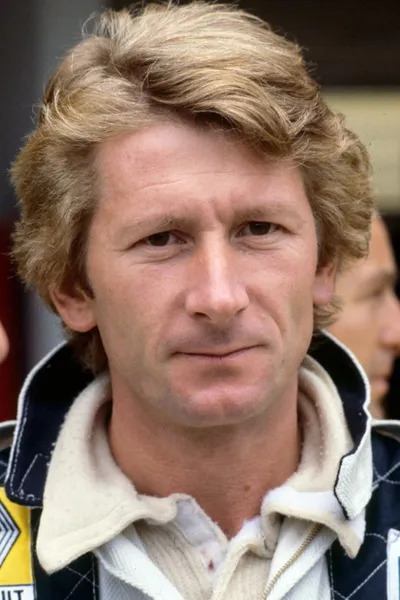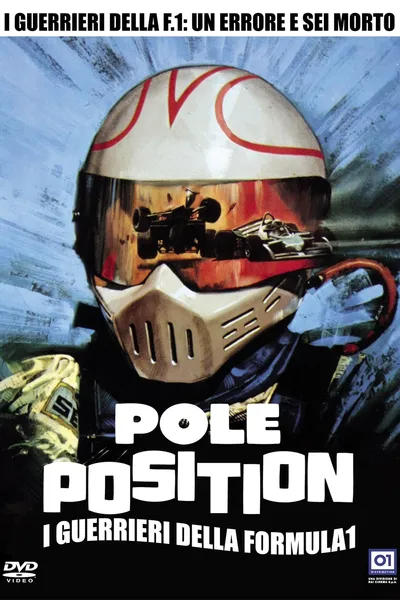
Jean-Pierre Jabouille
Jean-Pierre Alain Jabouille (born 1 October 1942) is a French former racing driver. He raced in 55 Formula One Grands Prix, collecting two wins during the first years of Renault's turbocharged programme in the late 1970s and early 1980s. Jabouille also raced the 24 Hours of Le Mans from the late 1960s to the early 1990s, driving for Alpine, Matra, Sauber and Peugeot and collecting four 3rd overall finishes in 1973, 1974, 1992 and 1993. Jabouille was one of the last of a breed of Formula One drivers who were also engineers.
Jabouille first made his mark in French Formula Three in 1967, and continued in 1968, maintaining the car himself on his way to the runner's up spot behind François Cevert. For 1969 he was contracted as a development driver by Alpine, having several disjointed runs in Formula Two and sports cars. In 1973 he co-drove a Matra to 3rd at the Le Mans 24 Hours, and repeated this feat in 1974, when he also won the Formula Two race at Hockenheim, and finished as runner-up in the European 2-litre series for Alpine. He also made his first appearances in Formula One, failing to qualify an Iso–Marlboro at the French Grand Prix, and a Surtees at the Austrian Grand Prix.
1975 saw Jabouille sever his ties with Alpine, and gain Elf backing to make his own Formula Two chassis. He finished runner-up to Jacques Laffite, but finally made his full Grand Prix debut, finishing 12th in a works Tyrrell at the French Grand Prix. For 1976 he concentrated on Formula Two, finally winning the title.
Jabouille was signed up by Formula One team Renault to develop their new 1.5l turbocharged engine for 1977. The RS01 car debuted at the 1977 British Grand Prix, but initially the turbo engine (a first for Formula One) was fragile and suffered from severe turbo lag, making it difficult to drive on tight circuits. However, Jabouille, who was an engineer by trade persevered and developed the RS01 throughout, recording several notable qualifying positions in 1978, and landed the marque's first points with 4th place at the United States Grand Prix East at Watkins Glen, a circuit particularly tough on fuel consumption- one of the Renault turbo's biggest weaknesses.
1979 saw Renault expand to run a second car for René Arnoux. Jabouille secured Renault's first Formula One pole at the South African Grand Prix, and then won their first victory, fittingly at the French Grand Prix, also from pole. This was the first victory for a turbocharged car in Formula One. He took two more poles, at the German and Italian Grands Prix, but poor reliability meant the win was his only score.
In 1980 Jabouille took two more poles, and another win at the Austrian Grand Prix. However, a suspension failure in the Canadian Grand Prix left him with a broken leg, just after he had signed with Ligier for 1981.
His injuries saw him sit out the first two races of the 1981 season, but it soon became clear he wasn't fully fit, failing to qualify for two of his four attempts, at which point he decided to retire from Formula One, and he then became manager of the Ligier/Talbot team in 1982. ...
Source: Article "Jean-Pierre Jabouille" from Wikipedia in English, licensed under CC-BY-SA 3.0.
Known for
Acting
Place of birth
Paris, France
Birthday
10/1/1942



